
Emulsifiers in Skincare: The Magic Behind Smooth, Stable Formulations 🌱
If you’ve ever wondered how your favorite moisturizer or sunscreen stays smooth, creamy, and effective, you have emulsifiers to thank! Emulsifiers are essential ingredients in skincare products, responsible for mixing oil and water—two elements that would otherwise stay separated. Without emulsifiers, our skincare routines would look very different!
In this article, we’ll dive into the fascinating world of emulsifiers, exploring what they are, the different types, how they work, and their role in making skincare products safer and more sustainable.
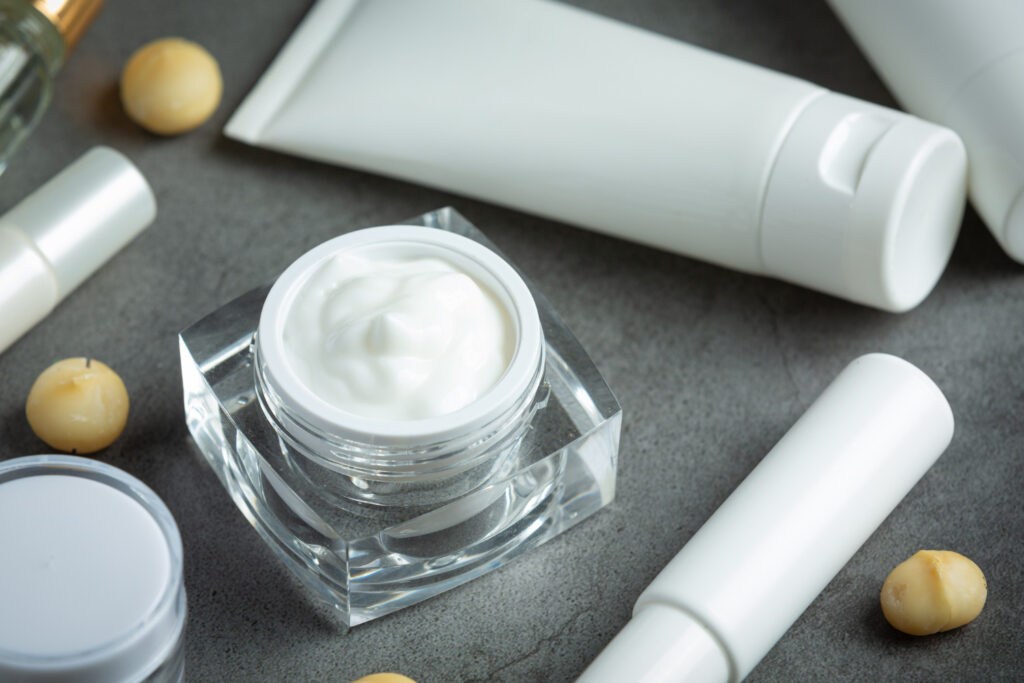
1. What Are Emulsifiers?
Emulsifiers are the “matchmakers” in skincare products, blending oil and water into a smooth, stable mixture known as an emulsion. These ingredients are crucial for creating products that apply evenly, feel pleasant, and stay consistent over time. From moisturizers to sunscreens, emulsifiers are everywhere, ensuring that active ingredients in products reach deep into the skin for the best possible results.
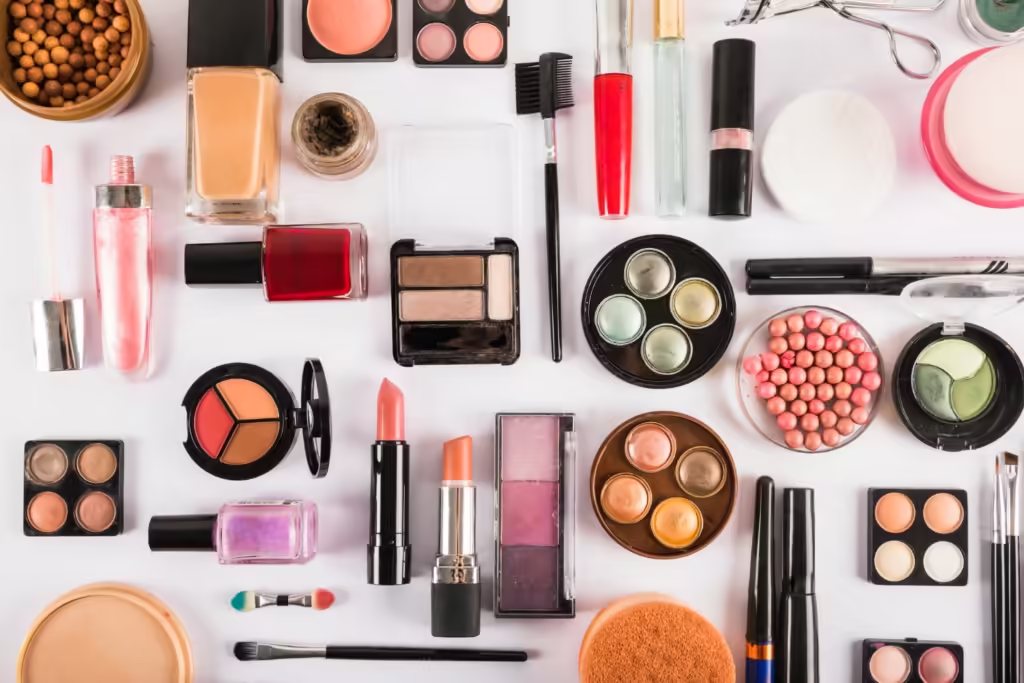
2. Types of Emulsifiers: Natural vs. Synthetic 🌿💧
Emulsifiers can be classified into two main categories: natural and synthetic.
Natural Emulsifiers
- Derived from plant or animal sources, natural emulsifiers like lecithin, beeswax, cetyl alcohol, and glyceryl stearate are popular in skincare.
- Advantages:
- Gentle on the Skin: Natural emulsifiers are less likely to cause irritation, making them ideal for sensitive skin.
- Eco-Friendly: They are sourced from renewable resources and often break down easily, making them more environmentally friendly.
- Commonly found in products for sensitive or eco-conscious consumers, these emulsifiers are praised for their gentle nature and green credentials.
Synthetic Emulsifiers
- Created in laboratories, synthetic emulsifiers are designed for stability and precise texture control.
- Types of Synthetic Emulsifiers:
- Anionic Emulsifiers: Negatively charged, used in thicker creams to keep emulsions stable.
- Cationic Emulsifiers: Positively charged, often found in hair care products for smoothness.
- Non-ionic Emulsifiers: No charge, making them gentle and ideal for lightweight formulations.
- Synthetic emulsifiers like glyceryl stearate, polysorbate 20, and PEG-100 stearate provide long-lasting stability and silky smooth textures in more luxurious skincare formulations.
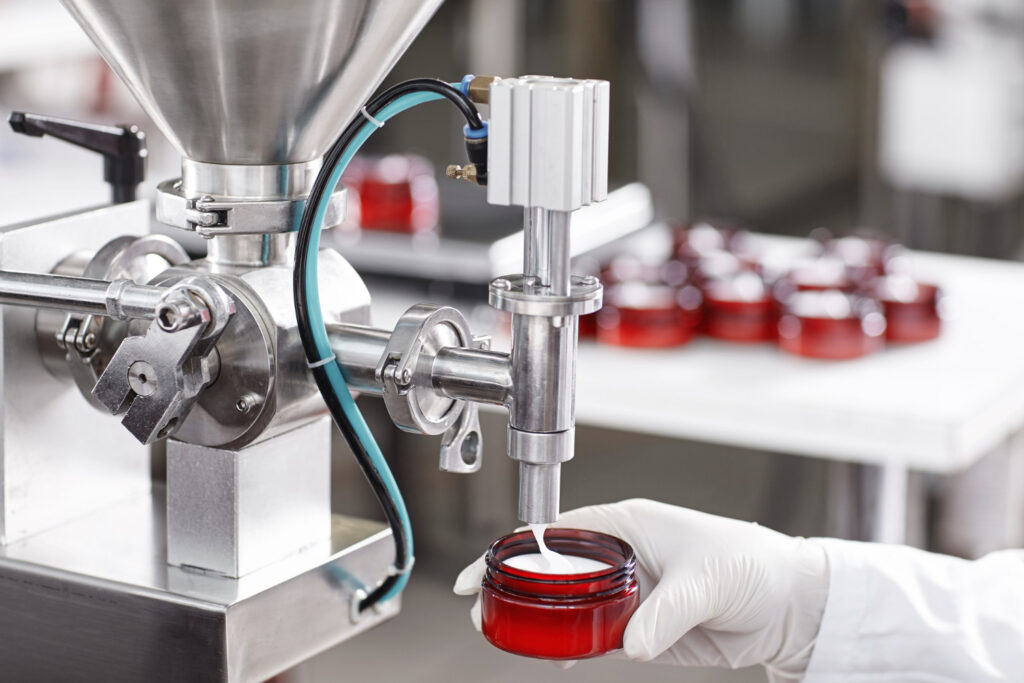
3. How Emulsifiers Work Their Magic ✨
So, how exactly do emulsifiers keep oil and water from separating? They reduce surface tension between oil and water by forming a thin layer around the oil droplets. This creates a stable, smooth mixture that’s easy to apply.
There are two main types of emulsions:
- Oil-in-Water (O/W): Light and ideal for products like facial moisturizers and lotions.
- Water-in-Oil (W/O): Richer and more hydrating, perfect for dry skin.
Not only do emulsifiers keep products stable, but they also enhance skin penetration, helping active ingredients reach deeper layers. This way, your skin can truly benefit from all those beneficial ingredients packed into your favorite cream or lotion.
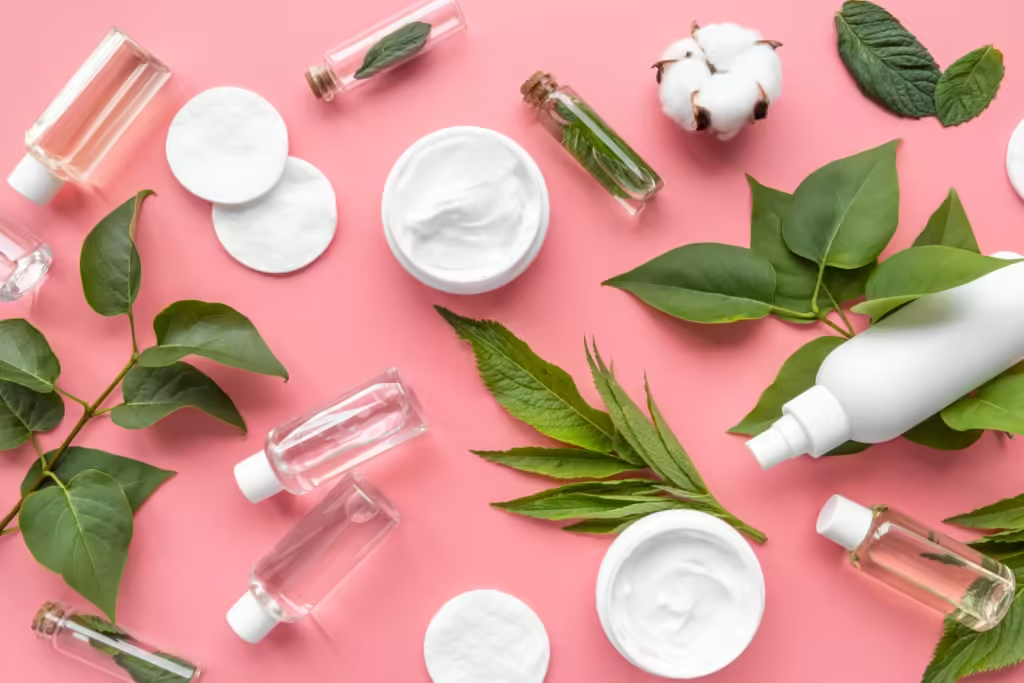
4. Safety and Regulatory Considerations 📜
Emulsifiers are generally safe, but as with any skincare ingredient, there’s a small chance of allergic reactions, especially in people with sensitive skin. In such cases, it’s essential to check the product label and perform a patch test.
In the United States, emulsifiers in skincare products are regulated by the Food and Drug Administration (FDA), which ensures product safety and quality. In the European Union (EU), regulations are even stricter. Under the Cosmetic Products Regulation (EC) No 1223/2009, all cosmetic products must undergo rigorous safety assessments. This includes a detailed Cosmetic Product Safety Report (CPSR), which is prepared by a qualified safety assessor.
The EU also bans over 1,370 substances from use in cosmetics, underscoring its commitment to consumer safety.
5. The Sustainability Factor 🌍
As consumers become more eco-conscious, sustainability is now a priority in the cosmetics industry. Manufacturers are under pressure to use eco-friendly ingredients, which includes opting for natural emulsifiers over synthetic ones. This shift not only reduces the environmental impact of skincare products but also appeals to a growing demographic of environmentally-aware consumers.
6. Choosing the Right Emulsifiers for Your Skin Type 💧
Not all emulsifiers suit every skin type. For those with sensitive skin, natural emulsifiers are often a safer choice as they’re gentle and less likely to cause irritation. Synthetic emulsifiers, on the other hand, offer enhanced stability and texture, making them ideal for people looking for long-lasting, luxurious products.
Key Tips:
- Sensitive Skin: Look for products with natural emulsifiers like beeswax or lecithin.
- Oily Skin: Choose products with lightweight, non-greasy emulsifiers like sorbitan stearate for a smooth, matte finish.
- Dry Skin: Water-in-oil emulsions with rich textures can provide the intense hydration your skin needs.
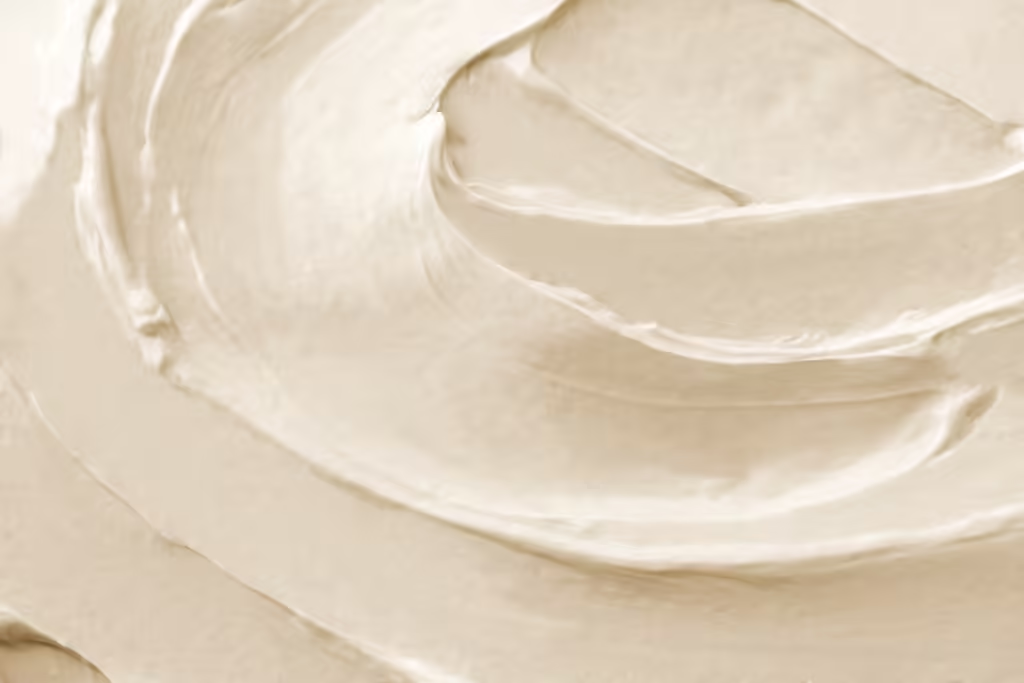
Final Thoughts
Emulsifiers may seem like a small part of your skincare routine, but they play a huge role in ensuring that products feel good, work well, and stay stable. From enhancing the penetration of active ingredients to supporting sustainability in cosmetics, these magical ingredients are essential in modern skincare.
Next time you apply your moisturizer or sunscreen, you’ll know that it’s the emulsifiers working behind the scenes, making sure every drop counts. 💧✨

© beautilab 2024. All Rights reserved.